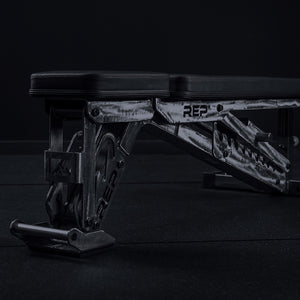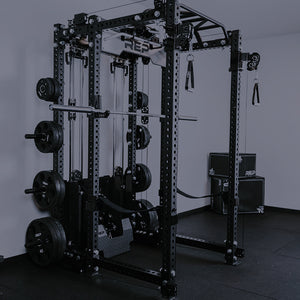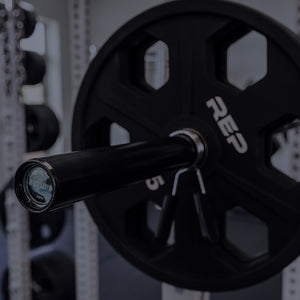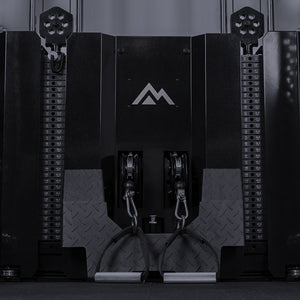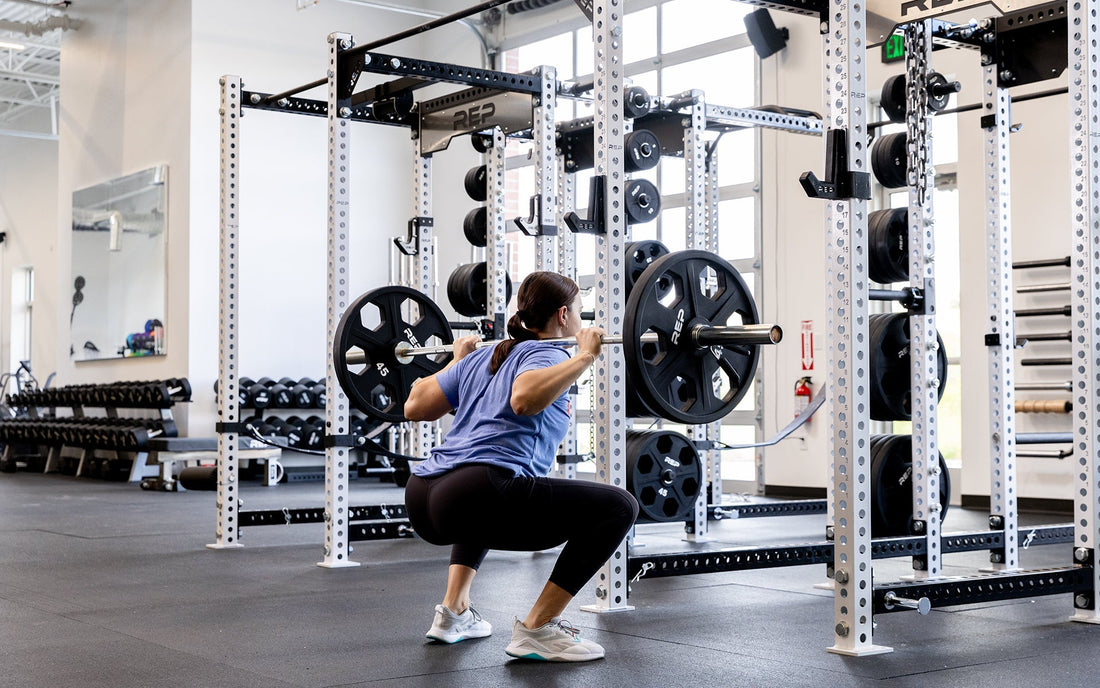
A rig is not a rack. They're not metaphorical twins or even siblings, but you could think of them like cousins, in that they share a lot of functionality and attachment options. But a rig's added height and various pull-up connector lengths and styles allows for more modularity than a power rack.
If you're shopping for a gym rig, here are five things to look for.
How Do You Pick a Gym Rig?
There are five key areas to consider when comparing rigs: construction, design, consistency, attachments (the “ecosystem”), and value.
Here is how to compare rigs on the market to pick the right one for your home or commercial gym.
1. Construction

Construction refers to things like the thickness of steel, welds, and paint. Look for a rig made with state-of-the-art robotics in a quality facility. Details to look for:
- laser cutting
- robotic welding
- robotic painting
- Find all three all under one roof and you're golden. This helps ensure a consistent, high-quality product and sets the standard for precision manufacturing.
2. Design

Look for high-end details. Here are some design elements that you'll find on the best rigs:
- Plastic liners on all attachments. This is a high-end feature that helps protect the paint on your rig and keeps it looking new. Beware of companies that don’t offer this, or if they do, the usage is inconsistent.
- Laser-cutting. Ideally, every number and logo on the rack should be laser cut or stainless steel to look great for years. Stickers are cheap and look awful over time.
- Accessory details and upgrades. We're talking chromed weight horns (not a powder coat that immediately chips and flakes away as you slide plates on/off), angled grips on the multi-grip pull-up bar, and other fine details like that.
3. Consistency

Pay attention to a company's approach to quality control and packaging. Some manufacturers cut costs by skipping rigorous inspections or using subpar packaging, which can lead to inconsistencies in product quality and a higher risk of damage during shipping.
Look for companies that take a hands-on approach to quality, with dedicated teams overseeing manufacturing processes like welding and finishing. Thoughtful packaging — such as reinforced boxes and internal protection — also plays a crucial role in ensuring your equipment arrives in top condition, reducing the hassle of dealing with replacements or damaged parts. Investing in a brand that prioritizes these details can save time and frustration in the long run.
4. Ecosystem

A rig's attachment ecosystem is one of the biggest reasons to choose one over another. Many companies that import typically do not have a dedicated engineering team to develop new products; they simply copy what already exists. If it’s patented, they can’t copy.

For domestic manufacturers, they rely on high accessory prices to make up for a lower margin on the initial rig purchase, which means any new attachments cost an arm and a leg.
5. Value

Consider the value of a rig.
When investing in gym equipment, balancing cost and quality is key. A well-designed rig isn’t just a piece of equipment — it’s a long-term foundation for strength training.
A major advantage of a rig is its versatility. Multiple people can train at once, making it ideal for both personal and commercial gym setups. With the right attachments, it can evolve with your training needs, allowing for everything from squats and pull-ups to more specialized movements.
When considering cost, it’s important to factor in not just the base price but also the long-term value of attachments. REP’s large-scale production enables precision manufacturing — laser cutting, robotic welding, and advanced painting — ensuring consistent quality and compatibility across its expanding ecosystem of attachments.
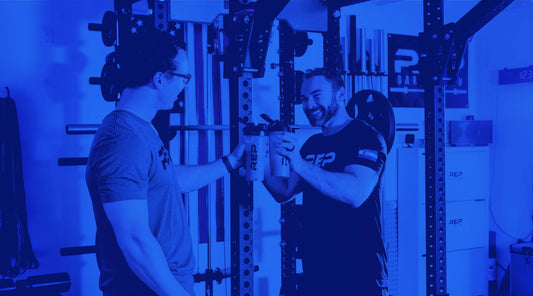
NEWSLETTER SIGNUP
Product launch information, promotions, blogs, and REP news.

